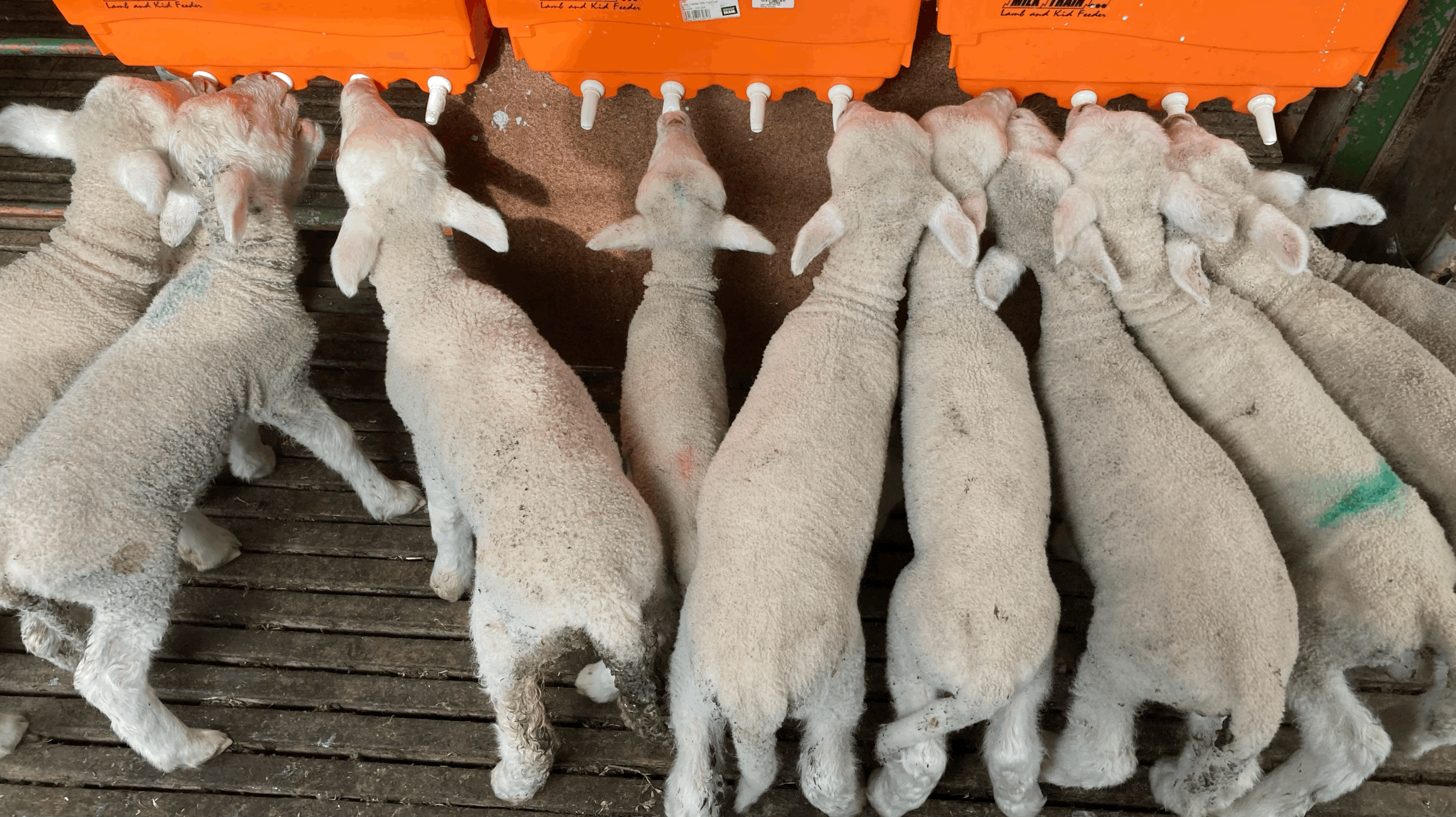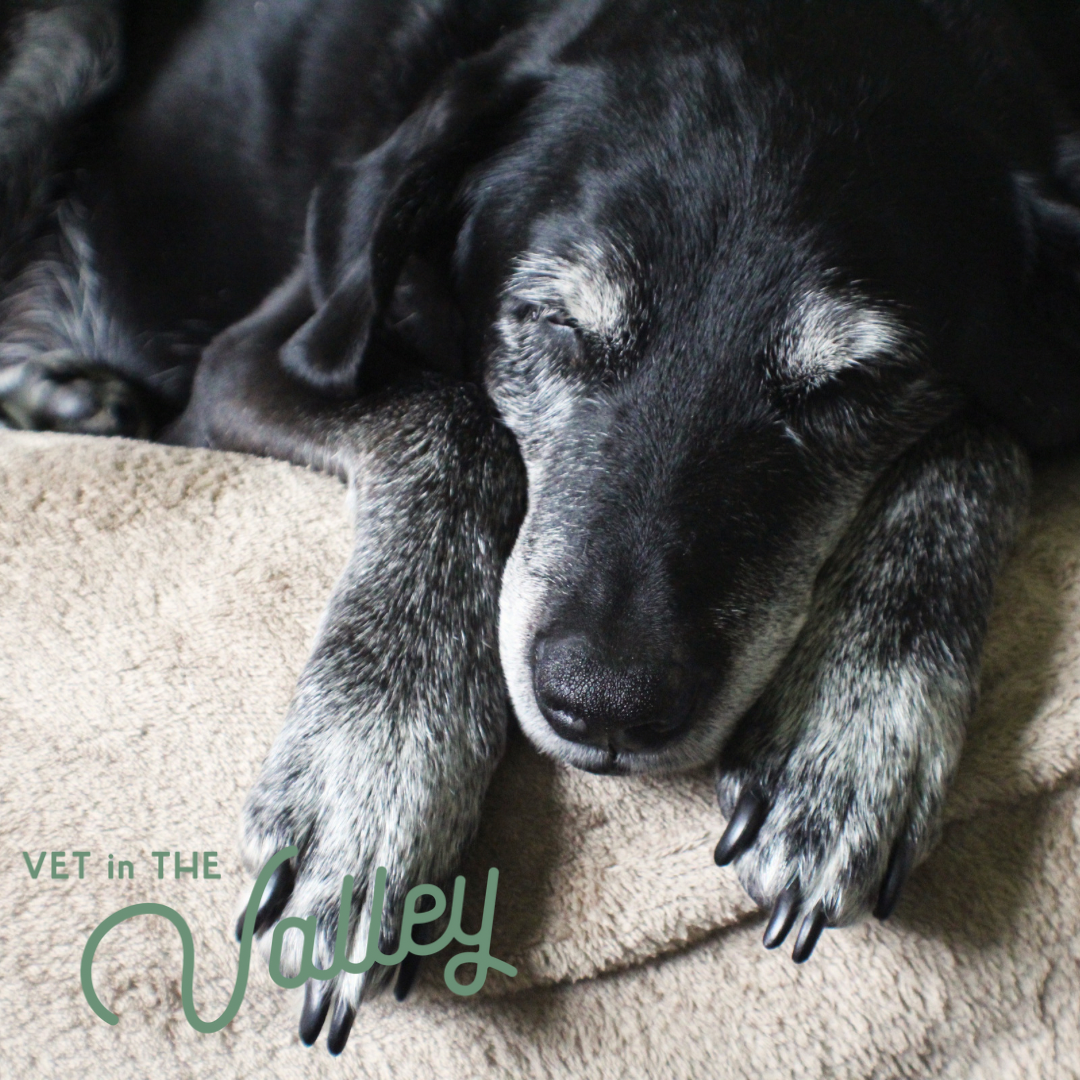Cruciate Disease Surgery
Has your dog been diagnosed with cranial cruciate disease? Has your vet talked about a TPLO with you? Here is a run down on what this surgery is and how Vet in the Valley Animal Hospital does them.
Understanding Canine Cruciate Disease
A black dog jumping up and catching a ball - activities that increase the risk of canine cruciate disease. This blog gives you information about what it is, why cruciate disease occurs, treatment options and outcomes.
Understanding Your Dog’s Health: Signs That Indicate Your Dog Might Be Sick
How do you know if you dog needs to see a vet? Is he just tired? Are his behaviours normal or do they indicate something else? This article may provide some clarification about making that decision.
Canine Parvovirus
Canine parvovirus is on the most deadly infections diseases affecting dogs, but especially puppies. It is a highly contagious virus that is spread through contact with infected dogs and contaminated objects.
Equine Sarcoids
Equine sarcoids are one of the most common equine skin cancers that are seen and treated in general equine practice. Although they are generally benign they can be significantly challenging for both owners and vets to successfully treat.
Canine Dental Examinations - Why?
Regular dental examination for our dogs can catch problems before they escalate and create larger health concerns. Early detection is paramount for a long healthy canine life!
Understanding Twin Lamb Disease
Twin lamb disease or otherwise known as pregnancy toxaemia is a common issue that producers deal with, especially in dry times without amble forage available. There are some tips and trick for recognising and treating ewes with pregnancy toxemia.
Equine Hock Arthritis
quine hock arthritis is a common condition that affects many horses, particularly as they age or participate in intense physical activities. This degenerative disorder primarily impacts the hock joint, leading to pain, swelling, and a reduced range of motion. Recognising the clinical signs—such as lameness, stiffness, and decreased performance—is crucial for early diagnosis and effective management.
A veterinarian will undertake a thorough physical examination, including flexion tests and diagnostic imaging, to confirm the presence of hock arthritis. Treatment options are varied and may include anti-inflammatory medications, joint supplements, and even surgical interventions in more severe cases.
By understanding the signs and seeking timely veterinary care, horse owners can help ensure their equine companions maintain a comfortable, active lifestyle despite the challenges of hock arthritis.
The importance of a equine lameness examination
A thorough lameness examination by your equine veterinarian is essential for maintaining your horse's health and performance. Lameness can stem from various issues, including injuries, joint diseases, or hoof problems, making accurate diagnosis vital.
During the examination, your veterinarian will conduct a comprehensive assessment that includes visual evaluation, palpation of joints and tendons, flexion tests, and possibly diagnostic imaging like X-rays. This systematic approach allows for precise identification of the cause, leading to a tailored treatment plan.
Effective treatment can include medications, rehabilitation programs, and preventative measures to ensure your horse remains sound and healthy. Investing in a lameness examination not only addresses current issues but also promotes long-term well-being and performance in your equine companion.
For optimal horse health, don't overlook the importance of a lameness examination. Trust your equine veterinarian to guide you in keeping your horse happy and sound.
Cats put on a brave face- how they deal with arthritis
Cats are the master at disguising when they are in pain or when they aren’t feeling well. So how do you determine if they are starting to feel their age, or noticing sign of osteoarthritis?
The dreaded Cracker Night- management of our pets to reduce stress
Cracker night is nearly here for southern Tasmania. For many it is a fun night, but for some pet owners its a night filled with concern for our pets. This article supplies some tips and tricks for management of stress during this period.
Equine oesophageal obstruction, otherwise known as “choke”
What is equine choke, what to do if you think your horse has choke, and how to prevent it from occurring in the future.
Sheep Vaccinations
Why do we vaccinate sheep and when should this be done? This is a brief over view of routine vaccinations for sheep in southern Tasmania!
Osteoarthritis Management
What can you do to make your animal comfortable in their later life? Read some tips and tricks for osteoarthritis management.
Why is chocolate so bad for dogs?
Did you know chocolate is toxic to dogs? It contains a chemical called methxylanthines theobromine, as well as caffeine. Both of these chemicals are stimulants and dogs can not metabolise them like humans.
In-home euthanasia
Vet in the Valley offers peaceful, compassionate and stress free in-home euthanasia services.
Lamb Marking Pain Relief Options
Pain Relief is now commonly being used when performing routine husbandry procedures for lamb marking. We recommend that producers organise their required product prior to required use.
Kissing Spine
Overriding dorsal spinous processes (ORDSP), otherwise known as Kissing Spine, occurs when the vertebrae in the spine are too close together - this can result in the processes touching or overlapping. Read more information about it here.
Animal and Fireworks
Oh dear, it’s Cracker Night! It’s always a little stressful if you have animals that are sensitive to loud, unexpected noises. Have a read to be across the top tips for managing you animals with Fireworks!
Exercise for an Older Dog
Exercise is an important element in your dog’s day to day management. It’s vital for their mental stimulation, physical therapy, weight management and owner/patient bond. However, exercise may have to look a little different when your dog has osteoarthritis. We have to remember that our dogs don’t have the forethought that hours of boisterous play, ball chasing, working, or running off lead is likely to cause them pain later.




















